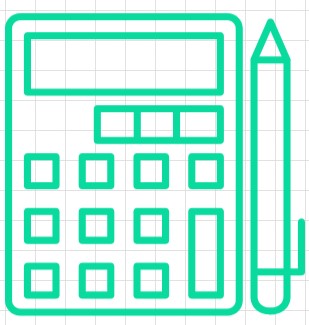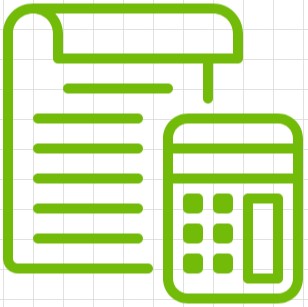Estimation is not merely a modern-day concept; it’s a time-tested method applied from the days of ancient civilizations to our advanced digital age. Whether it’s the pyramids’ architects calculating the number of blocks required or a software developer today determining the hours needed to code a feature, estimation aids in foreseeing requirements when exact figures are elusive.
Historical Context
Think back to ancient merchants sailing across the Mediterranean. They didn’t have algorithms or software but used their prior experiences to estimate how many jars of olive oil they might sell in a foreign market. Nowadays, while our methods have evolved, the essence of drawing from past knowledge to predict future needs remains consistent.

Diverse Estimation Techniques Illustrated
- Expert Judgement: Relying on an expert’s insights might be like asking a seasoned baker how much flour is needed for 100 loaves, even without a recipe at hand. Their experience fills in the gaps of missing data.
- Analogous Estimation: If a construction team built a 10-story building in six months previously, they might predict a 20-story building would take about a year, using their past project as a reference.
- Parametric Estimation: Imagine if a tailor, from historical data, knows one shirt requires 1.5 meters of cloth. For 50 shirts, they’d statistically estimate needing 75 meters.
- Three-point Estimation: Consider a novelist predicting their next book’s completion. They might estimate 4 months if everything flows smoothly, 7 months if challenges arise, and 5 months as a realistic average between the two.
- Bottom-up Estimation: A car manufacturer might calculate the time to produce individual parts—engine, chassis, interiors—and sum these up to estimate the total production time.
- Top-down Estimation: A film director might first predict the entire movie’s production duration and then break it down by scenes, schedules, and sequences.
Estimation Techniques in Real-world Scenarios
- Project Management: A city’s mayor, aiming to set up a new park, might use analogous estimation based on previous park projects to set deadlines and budgets.
- Software Development: App developers often reference past projects to gauge how long a similar feature might take in a new app they’re designing.
- Construction and Engineering: A city planner, using bottom-up estimation, could calculate material and labor costs for each neighborhood block before estimating an entire city’s development costs.
- Financial Forecasting: Stock market analysts often draw parallels from past market behaviors to forecast future stock trends.
- Environmental Science: To predict a certain fish species’ future population in a lake, marine biologists might study previous population changes and factors influencing them.
Weighing the Pros and Cons of Estimation
Advantages:
– For a startup entrepreneur without precise sales data, estimation can guide initial inventory decisions.
– Estimations often prove more economical and quicker than obtaining exact numbers.
– For a town planning a yearly festival, estimating the crowd can provide a preliminary direction for arrangements.
Disadvantages:
– If a travel agency misestimates the popularity of a new package based on flawed assumptions, it can lead to overbooking or under-preparedness.
– Solely relying on estimations without periodic validation can lead to strategic blunders.
– A wine expert might predict a certain vintage’s value, but their personal bias could skew the estimate.

Check out our rounding calculator
Strategies to Sharpen Estimation
- Historical Data: A restaurateur noting weekly sales can better predict the next holiday season’s inventory needs.
- Continuous Feedback: An online retailer, observing daily traffic and adjusting their server capacity regularly, can better handle customer demands.
- Diversify Estimation Sources: A publishing house might ask multiple critics to estimate a book’s success, averaging their views for a well-rounded estimate.
- Training: Equipping a sales team with past performance reviews and market trends can refine their future sales projections.
Summary
From the monumental constructions of ancient wonders to the intricate planning in modern technology projects, estimation has remained a guiding beacon. With the blend of past experiences, modern techniques, and tangible examples, one can navigate the complexities of the future, even when the path isn’t entirely clear.